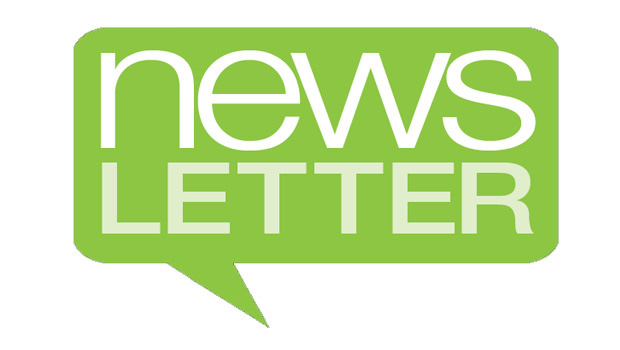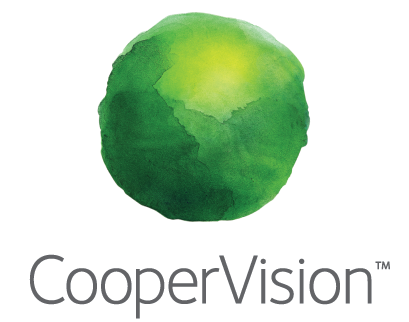

See You in Las Vegas September 23-25 |

From the SNAPP Board |
Our registration site is open and we’re ready to sign you up for SNAPP 2020 Las Vegas! Register NOW!
The Board is already working with the venues and meeting planners to ensure we have a great, but socially distanced event. All American Optometric Association, Centers for Disease Control and Prevention and local guidelines will be observed as we gather to celebrate the end of the unprecedented shutdown of our country. We’re also working to ensure that any unforeseen changes in dates, times or venues due to any pandemic-related incident will not cause our members to incur nonrefundable expenses.
We’ll have A LOT to talk about…Hope to see YOU there!

PPP Updates
The Paycheck Protection Program (PPP) has become a moving target: multiple changes, multiple changes outside the intent of CARES Act and some changes that are confusing, says Joe W. DeLoach, OD, FAAO, Dipl., ABO, and CEO of Practice Compliance Solutions (PCS). Congress is actively trying to pass legislation to change and clarify much of this. On Thursday, May 28, the U.S. House of Representatives passed a bill that would relax PPP forgiveness requirements. As of this mailing, the U.S. Senate had not yet passed a similar bill that it is considering.
PCS is encouraging patience. Don’t fret over what you read on blogs, accountant or lawyer posts and the like. Don’t stress out on this, adds Dr. DeLoach. PCS will be advising SNAPP as soon as it gets government clarification or new legislation.
Find updates and more information at practicecompliancesolutions.com.

Hot Ideas From the Spring SNAPP Meeting |
In March, we introduced a few of the Ideas Contest presentations. Here are a few more…
Control Your A/R
Dr. Lisa Hamilton explained why collecting for services at the time of the exam makes much more sense than trying to chase down patients after the EOB arrives. “Our AR was out of control. We don’t save credit cards, so trying to settle up if someone overpaid or underpaid for medical services was frustrating. It’s costly to send bills,” she said. She’s now using Ignite, from First Data, with a virtual terminal that saves the patient’s credit card number. Now, she can collect the full balance or monthly payments for a charge and make an adjustment when the EOB arrives, rather than trying to get the patient to pay weeks later. It also allows staff members to call when it’s time for a patient to reorder contact lenses, for example, and say, “Shall we charge it to the number on file? Cardconnectglobal.com provides a similar service, she says.
A Culture of Caring
Carmine Mazzarella spoke about how he uses staff retreats to build on the culture of a location. Focusing on the “why” can help improve the customer experience—and to improve the outward display of caring the staff also needs to care about each other. So in his retreat, he asks people to answer revealing questions: Share something about your past birthday. Have you lost someone close to you? What’s a perfect day? What’s the difference between a goal and a purpose?
He didn’t need to travel far or spend a great deal to host this retreat. His local Staples store offered a conference at no cost. He did pay the staff for attending; this should not be a voluntary opt-in. Using fun personality tests, games and heavier conversation, the team had a chance to bond and gain a better understanding of how culture affects patient and customer satisfaction.
Use Rebates to Leverage Sales of Daily Disposable Contact Lenses
Kirk Malerbi, with two stores in Georgia, asked the optometrist—his son—whether he was comfortable with the Pearle-branded contact lenses, especially the 1-day lenses. At the time, the locations were selling about 15 percent of their contact lenses as 1-day lenses, but that increased to 30 percent. The expectation is that the switch to having more patients wearing fresh, comfortable 1-day lenses will result in a lower dropout rate. Using patient rebates does help improve the annual supply sales, he says, and the locations saw their rebates increase from $5,000 to $17,000. Many doctors already wear scrubs and we are now considering whether staff should be issued scrubs as well. We would require the use of clean scrubs every day.

Are You Following a Return to Work Checklist? |
Tip of the Month from AmCheck
Letting patients know that your Pearle location has reopened for business is only the first step in the recovery process. Most practices are seeing a substantial decline in patient volume—and that makes it difficult to bring all furloughed employees back at the same time.
AmCheck Las Vegas has created this Return to Work checklist. (This checklist offers information that is not intended to serve as legal or tax guidance.)

What’s the Difference Between a Layoff and a Furlough?
Tip of the Month from AmCheck
The language used when sending employees home for a period of time is less important than communicating your actual intent.
Furlough
A furlough continues employment but reduces scheduled hours or requires a period of unpaid leave. The thought process is that having all employees incur a bit of hardship is better than some losing their jobs completely. For example, a company may reduce hours to 20 per week for a period of time as a cost-saving measure, or they may place everyone on a two-week unpaid leave. This is typically not considered termination; however, you may still need to provide certain notices to employees about the change in the relationship, and they would likely still be eligible for unemployment.
If the entire company won’t be furloughed, but only certain employees, it is important to be able to show that staff selection is not being done for a discriminatory reason. You’ll want to document the non-discriminatory business reasons that support the decision to furlough certain employees and not others, such as those that perform essential services.
Layoff
A layoff involves terminating employment during a period when no work is available. This may be temporary or permanent. If you close down completely, but you intend to reopen in the relatively near future or have an expected reopening date—at which time you will rehire an employee, or all employees—this would be considered a temporary layoff. Temporary layoffs are appropriate for relatively short-term slowdowns or closures. A layoff is generally considered permanent if there are no plans to rehire the employee or employees because the slowdown or closure is expected to be lengthy or permanent.
Pay for Exempt Employees (those not entitled to overtime)
Exempt employees do not have to be paid if they do no work at all for an entire workweek. However, if work is not available for a partial week for an exempt employee, they must be paid their full salary for that week, regardless of the fact that they have done less work. If the point is to save money (and it usually is), it’s best to ensure that the layoff covers the company’s established 7-day workweek for exempt employees. Make it very clear to exempt employees that they should do absolutely no work during any week you’re shut down. If exempt employees do any work during that time, they will need to be paid their normal weekly salary.
Pay for Non-Exempt Employees (those entitled to overtime)
Non-exempt employees only need to be paid for actual hours worked, so single day or partial-week furloughs can be applied to them without worrying about pay implications.
We recommend that you engage in open communication with the affected employees before and during the furlough or temporary layoff period.




